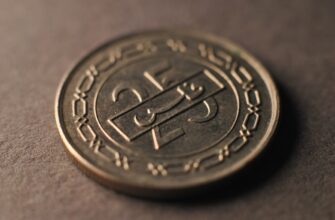USDC vs USDT vs DAI: A Complete Stablecoin Comparison
Stablecoins like USDC, USDT, and DAI dominate the cryptocurrency market, offering price stability pegged to fiat currencies like the US dollar. But how do these top stablecoins differ? This guide breaks down their collateral models, transparency, use cases, and risks to help you choose wisely.
What Is USDC?
USD Coin (USDC) is a regulated fiat-backed stablecoin launched in 2018 by Circle and Coinbase. Key features:
- Backed 1:1 by cash/short-term U.S. Treasuries
- Monthly attestations by Grant Thornton
- Ethereum, Solana, and 13+ other blockchains
- Used for trading, payments, and DeFi
What Is USDT?
Tether (USDT) is the oldest and largest stablecoin, launched in 2014. Details:
- Claims 1:1 USD reserves (controversial history)
- Quarterly attestations (not full audits)
- Available on 14+ blockchains
- Dominates crypto trading volumes
What Is DAI?
DAI is a decentralized crypto-backed stablecoin created by MakerDAO in 2017. Unique traits:
- Collateralized by ETH, USDC, and other crypto assets
- Maintained via smart contracts and governance
- No central issuer
- Popular in DeFi protocols
USDC vs USDT vs DAI: Key Differences
1. Collateralization:
– USDC/USDT: Fiat-backed
– DAI: Crypto-backed
2. Transparency:
– USDC: Monthly audits
– USDT: Limited transparency
– DAI: Real-time blockchain verification
3. Use Cases:
– USDT: Exchange trading
– USDC: Institutional DeFi
– DAI: Decentralized finance
4. Risks:
– USDC/USDT: Regulatory action
– DAI: Crypto volatility
FAQ: USDC, USDT, and DAI Explained
1. Which stablecoin is safest?
USDC is considered safest due to regulated reserves. DAI offers decentralization, while USDT carries more counterparty risk.
2. Are these stablecoins truly stable?
All three typically maintain $1 pegs through arbitrage, though DAI occasionally fluctuates ±1% during market crashes.
3. Which should I choose for trading?
USDT has highest liquidity on exchanges. USDC offers better transparency for large transfers.
4. How does DAI stay decentralized?
Through overcollateralization (≥150% collateral ratio) and MakerDAO governance by MKR token holders.
5. Can stablecoins be converted to USD?
USDC/USDT can be redeemed 1:1 through issuers (minimums apply). DAI requires selling on exchanges.
Conclusion
USDC leads in regulatory compliance, USDT dominates liquidity, while DAI offers true decentralization. Choose USDC for institutional use, USDT for trading pairs, and DAI for censorship-resistant DeFi applications. Always verify collateralization and monitor regulatory developments when using stablecoins.








